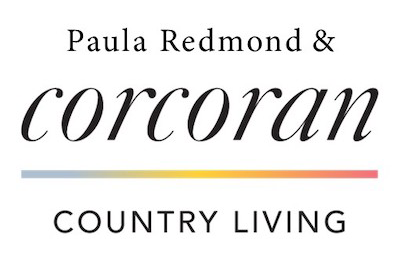One of the primary goals of the DLC is to preserve natural resources: the forests that give off oxygen and store the carbon we produce, the farmland where our food is grown, the open land that offers us opportunities for outdoor recreation, the waterways and wetlands that carry and filter our drinking water, and scenic views that inspire our lives. We work with landowners to conserve large, interconnected, unfragmented landscapes that protect biodiversity, viable ecosystems and wildlife populations, and facilitate their movement and adaptation in the face of climate change. When landowners make the connection between their property and the adjoining larger landscape, and combine this with their preservation goals, the result is a well-thought-out plan for the land that benefits the landowner, the community and the rural and natural environment.
We’re so proud to share stories of people who prioritize this connection and protected their land and its resources for the benefit of us all.
We’re so proud to share stories of people who prioritize this connection and protected their land and its resources for the benefit of us all.
“If we …dedicate ourselves to the long-term stewardship of this marvelous countryside, we will not only do a service to ourselves and each other, but to future generations.” — Chauncey D. Stillman (1907-1989)
From almost any vantage point at Wethersfield, the views encompass hundreds of acres of land under conservation. Thanks to the dedication of many individuals, significant land holdings in Amenia, Northeast, and Pine Plains have been protected. Chauncey D. Stillman would be so gratified.
From almost any vantage point at Wethersfield, the views encompass hundreds of acres of land under conservation. Thanks to the dedication of many individuals, significant land holdings in Amenia, Northeast, and Pine Plains have been protected. Chauncey D. Stillman would be so gratified.
In a year without parties, Georgina Schaeffer visits with one of the driving forces of the Dutchess Land Conservancy’s events to find that the show will most definitely go on.
When Eric Roberts began to look for a second home outside of New York City in the early 1990s, he quickly homed in on Millbrook and its surrounding towns in no small part because of the work of the Dutchess Land Conservancy. “[I chose this area] because of the open spaces and the protections already in place to keep the area rural. This was the work of the DLC. I became a supporter and an advocate for their work and mission from those early days until the present.”
Across the street from the old sign signaling your arrival in the hamlet of Salt Point in the Town of Pleasant Valley, the red barn and historic 1790 main house of Locust Grove Farm create a vista trapped in time. It’s nearly impossible not to notice the stunning, rural landscape of the area and hope that this picturesque scene will never disappear. Thanks to the generational stewardship of the Atkins family, part of it never will.
Visible from the Taconic State Parkway and I-84 in East Fishkill, Shenandoah Farm often signals your arrival in pastoral Duchess County. It stands testament to the area’s agricultural heritage, as this viewshed is often touted as many people’s favorite. But because of its proximity to two major highways, it was always at high risk of development.
Once upon a time, a Jackson ancestor sold part of his family’s Shenandoah Farm. Subsequent Jackson generations worked the same 39-acre parcel, along with their own land, as part of a lease with the owner for their dairy operation. But patriarch Verne Jackson longed to rejoin the parcel with their original holding.
Once upon a time, a Jackson ancestor sold part of his family’s Shenandoah Farm. Subsequent Jackson generations worked the same 39-acre parcel, along with their own land, as part of a lease with the owner for their dairy operation. But patriarch Verne Jackson longed to rejoin the parcel with their original holding.
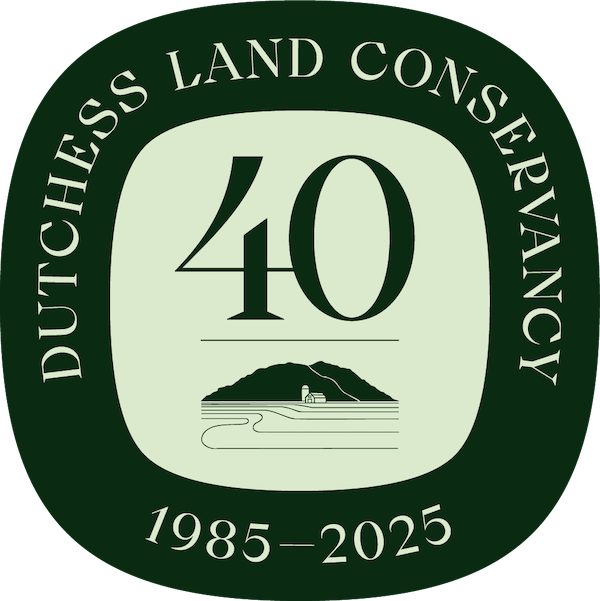

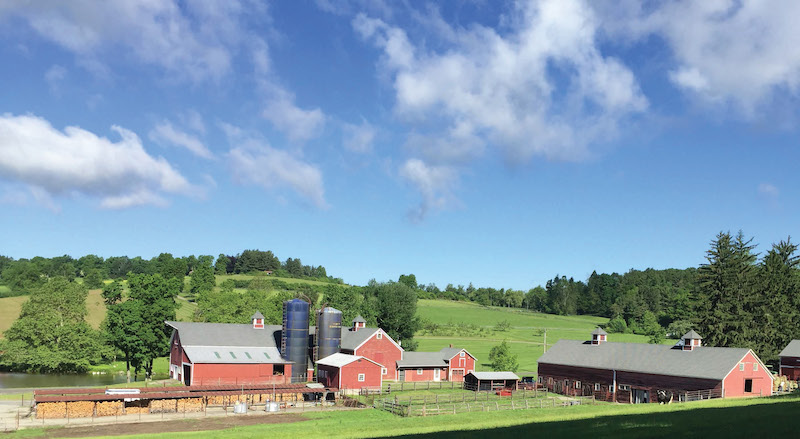
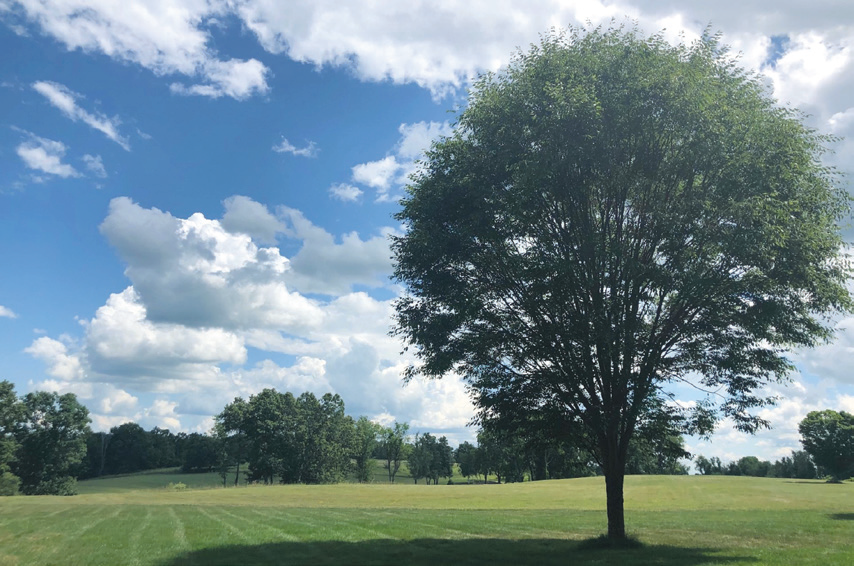

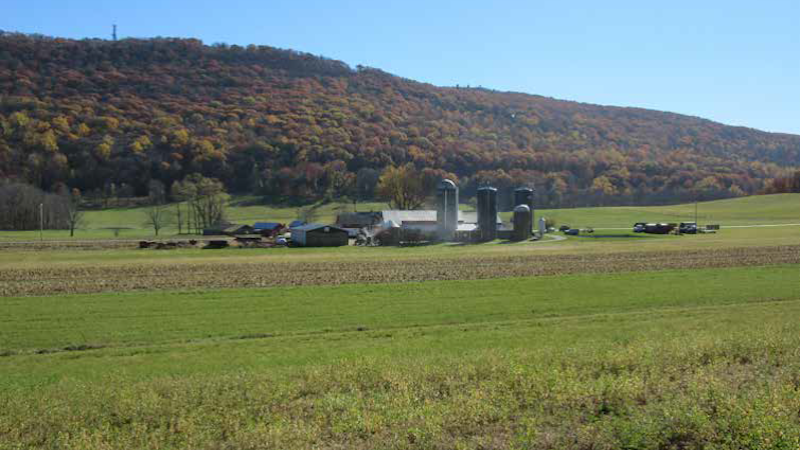
 © Dutchess Land Conservancy. All Rights Reserved.
© Dutchess Land Conservancy. All Rights Reserved.








